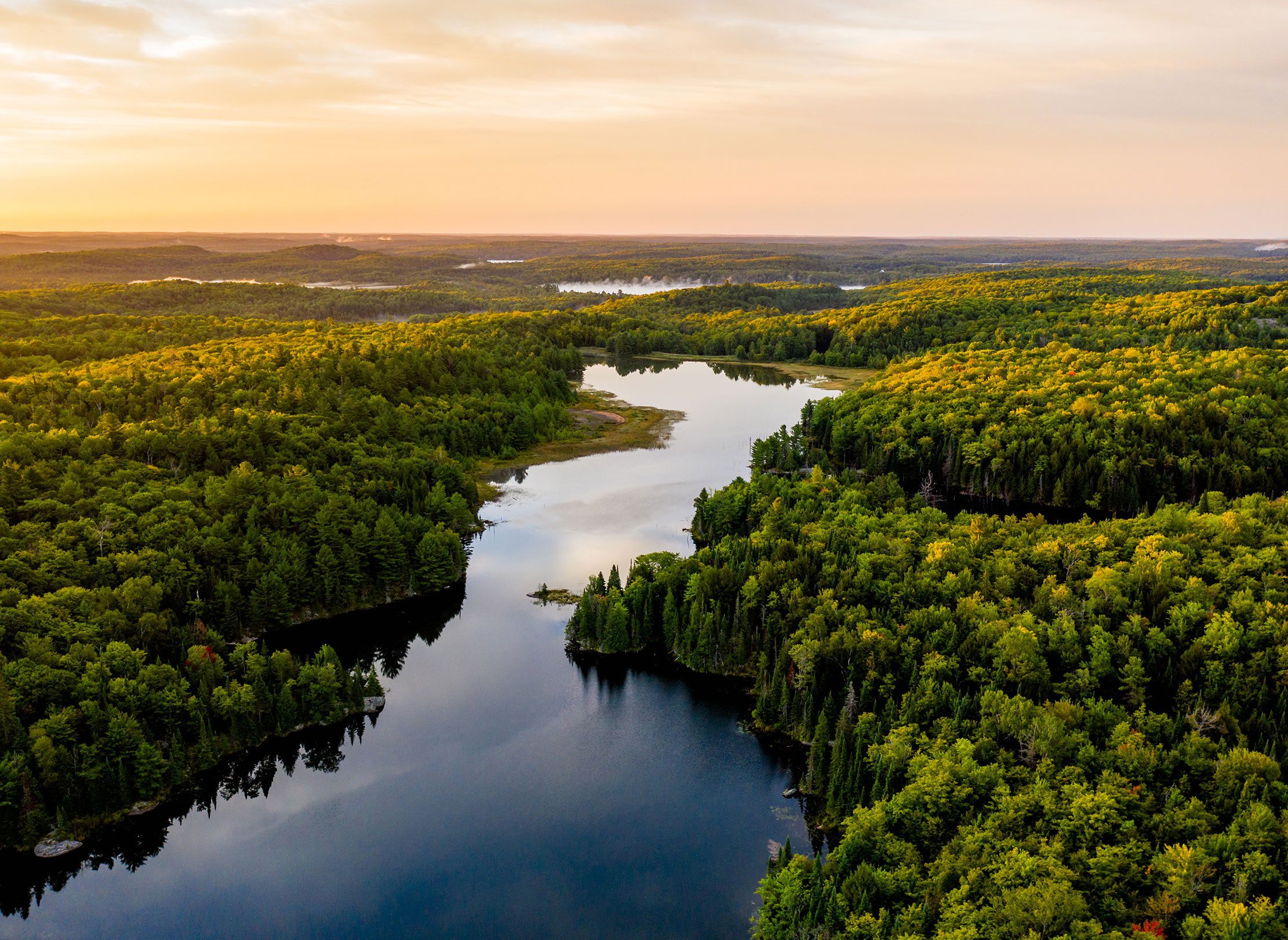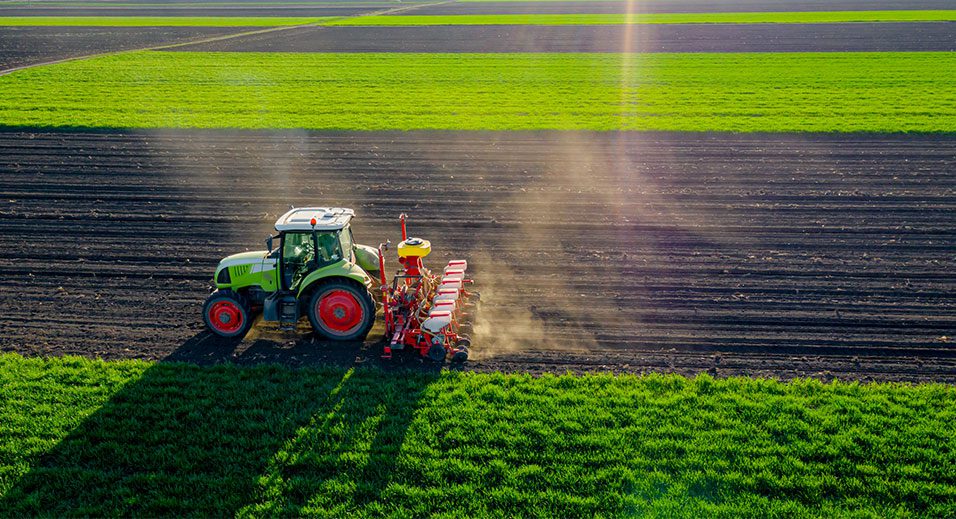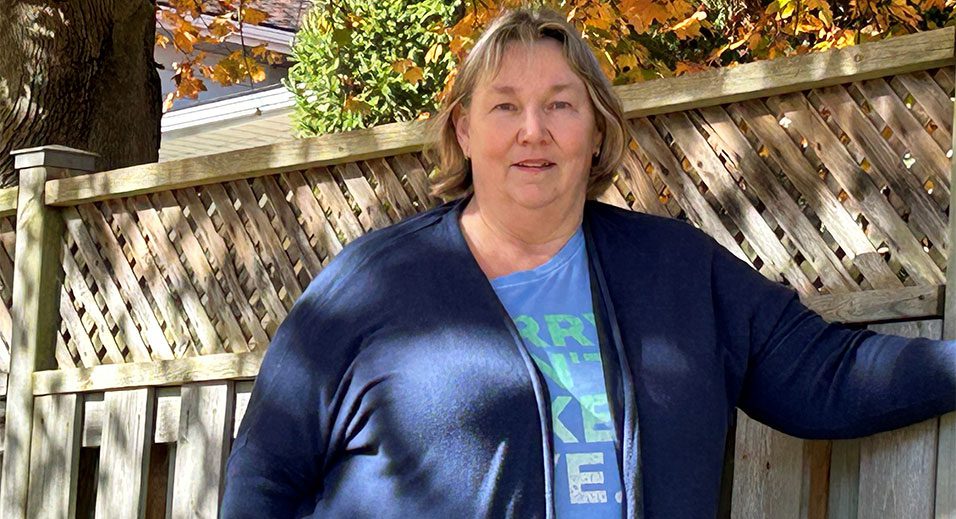Climate change is one of the most important environmental issues of our time that is having a devastating impact on our planet. One of the biggest drivers of climate change is the burning of fossil fuels which has increased the concentration of greenhouse gases into our atmosphere.
As a carbon neutral Canadian food company with ambitious goals to reduce our greenhouse gas emissions, we deeply support environmental projects that have a positive impact on the environment and have significantly reduced or prevented the release of greenhouse gas emissions into the atmosphere.
One of those projects is by WWF-Canada.
Canada’s carbon storage
Over the last two years, WWF-Canada, along with researchers at McMaster University’s Remote Sensing Laboratory, have been looking at the enormous amounts of carbon stored in ecosystems throughout Canada and been able to map these carbon-rich areas. The study was released at COP26 in Glasgow, UK, on November 10, 2021.
“The findings of this study are monumental for conservation in Canada, and across the world. Knowing where carbon is stored in Canada allows us to strategically protect and manage the right places to prevent billions of tonnes of carbon from being released into the atmosphere. Protecting these areas will also benefit wildlife by safeguarding habitat for important species at risk,” says Megan Leslie, WWF-Canada President and CEO.
Why a carbon map of Canada?
There are currently 405 billion tonnes of carbon stored in ecosystems across Canada, the equivalent to about 30 years of human-caused global greenhouse gas emissions, at 2019 emission levels. Carbon in Canada can be found in the top one metre soil, plant biomass (trees, other plants, dead plant material and roots), and old-growth forests.
A map of Canada that identifies carbon storage hotspots can help Canada reach its emissions targets. The key is to protect the carbon-rich landscapes. These landscapes help regulate the Earth’s climate by removing carbon from the atmosphere and storing it. If these ecosystems are disturbed, then the stored carbon will be released back into the atmosphere.
Fighting climate change
Fighting climate change and reducing greenhouse gas emissions needs to be a collective effort from all levels. Government and business need to come together and understand why it’s important to protect carbon-rich areas against industrial practices.
“As the first major carbon neutral food company in the world, we recognize the study’s significance in deepening understanding of how to prioritize future conservation and soil regeneration efforts. This baseline is vitally important to the future generations of all Canadians,” said Tim Faveri, VP, Sustainability and Shared Value at Maple Leaf Foods.
Together, we stand a fighting chance.




